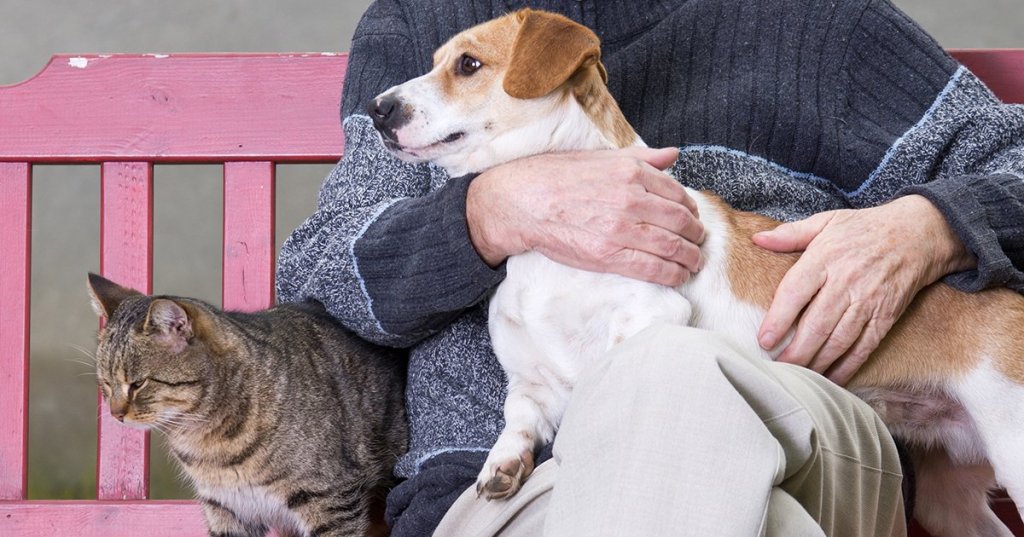Just as little as 20 years ago, large dogs like Labrador Retrievers lived to age 9. Today, they can live to age 14, 15, and even 16. Our dogs are living longer thanks to many changes in veterinary medicine, and because of the care we give them.
“We’ve taken our pets from the backyard to the bedroom, and from the kennel to the couch,” says Dr. Robin Downing, DVM, and owner of The Downing Center for Animal Pain Management in Windsor, Colorado. “Our pets are aging, and with that we know, as the Buddhist saying goes, pain is inevitable. Suffering is optional. Our senior pets don’t have to hurt.”
Dr. Downing suggests making your home comfortable for your pets. She suggests using pet ramps for dogs getting in and out of cars. “There are also carpet-covered steps that you can place by your bed, so your cats and dogs can have easy access to your bed,” she adds. Following are easy changes that will make your pet more comfortable as he ages:
- Food and water bowls that can be raised so your pets don’t have to put any stress on their backs. The bowls should be somewhere between elbow and shoulder height.
- Use no-skid carpets or foam floor mats—the ones that look like puzzle pieces in your home. They are easy to assemble and can be removed from the floor when guests come over.
- For pets with bad backs or hind legs, there are wheelchairs, assistive slings, and harnesses you can buy.
- For hard-of-hearing dogs, you can ring the doorbell when you enter your home. Since their hearing isn’t as sharp as it used to be, they will hear a doorbell or you can use a loud lifeguard whistle. “Pets like their routines, and they want to greet you when you come home,” says Dr. Downing. “By using a whistle or ringing the doorbell, they can. You can also stomp on the floor, if they can’t hear. They can respond to the vibrations.”
- If your pet has poor vision or is blind, please don’t rearrange the furniture. Keep their food and water dishes in the same place.
- Practice preventive care by scheduling — and keeping — veterinary visits twice a year.
- Watch your pet’s weight. “Obesity is the number-one preventable disease of dogs in the U.S.,” says Dr. Downing. “It trumps kidney disease and cancer for preventable diseases, and it is completely preventable and reversible. Leaner pets live longer than obese pets. Obesity causes wear and tear on the body. Twenty percent of all senior dogs and cats have osteoarthritis, and the percentage is much higher among the overweight and obese. Just like with humans, if you are fat, you have a higher increased risk of developing cancer of all types. Diabetes can also be caused by obesity.”
“Our pets need us a lot when they are very young and again they need us a lot when they are very old,” says Dr. Downing. “Now that they are older, it is time for us to step up to give our pets the best life they deserve.”




